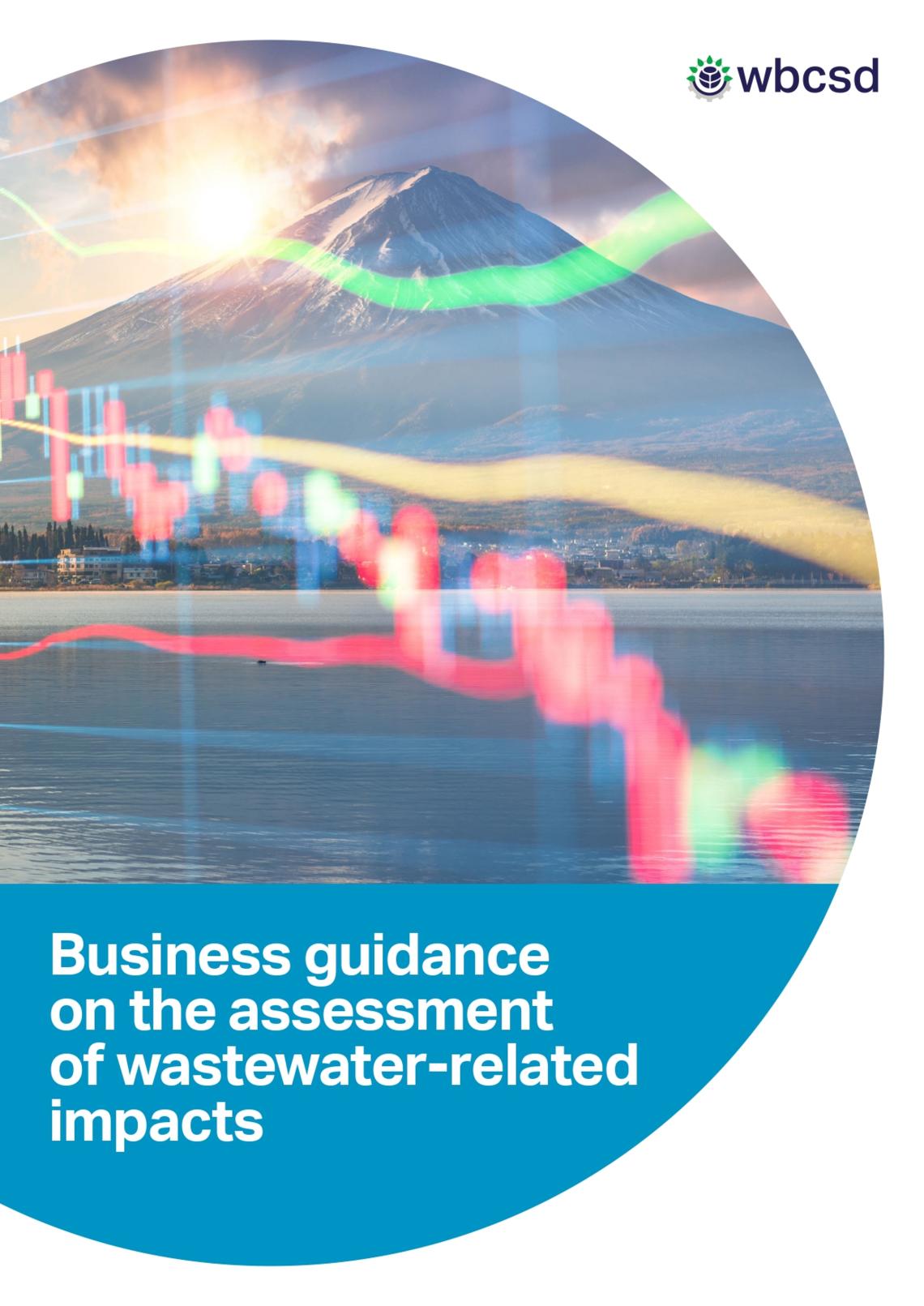Water Quality
Description
Including chemical, biological, radiological, and micro-plastic contamination; temperature; turbidity; pH (acidity/alkalinity); biochemical oxygen demand; and colour, taste, odour, and appearance.
Share this Subissue on:LinkedIn
Resources
Getting Started Guide
Water Quality: A Getting Started Guide
Good water quality is essential to life. Communities, ecosystems, and businesses all depend on reliable access to safe and good quality water for their continued wellbeing. Anchored in research, our Water Quality: A Getting Started Guide will support your company as it begins or revisits a water quality strategy. This guide helps you to build a foundational understanding of the issue of water quality and provides clarity on the work ahead to support it.
Other Resources
Quality Unknown: The Invisible Water Crisis
This comprehensive report from the World Bank Group can help you to build a robust understanding of how poor water quality impacts societal and economic progress. It explains the impacts of poor water quality on human health, productivity, and human capital, with an emphasis on the impacts of poor sanitation and hygiene; the impacts of water pollution on food production; key determinants of water quality and the impacts of poor water quality; emerging pollutants; and key insights into solving complex water quality issues effectively and efficiently.
The Global Freshwater Quality Database (GEMStat)
The Global Freshwater Quality Database GEMStat provides scientifically-sound data and information that can help you to better understand the state and trend of global inland water quality and produce statistical and graphical analysis of water quality data at the station, country, and catchment level. It features interactive maps that provide an overview of global water quality by means of water quality indicators for dissolved oxygen, nitrogen, phosphorus, and pH.
Business guidance on the assessment of wastewater-related impacts
This guidance from WBCSD can help your company to better understand and manage the impacts of untreated and partially treated wastewater. It provides a standardised, 5-step process for measuring, valuing, and managing the impacts of wastewater generated by your operating sites or those of suppliers. This guidance can also be used in conjunction with the Wastewater Impact Assessment Tool, which automates part of the process of applying the guidance.
Factsheets on Water Quality Parameters
These factsheets from the Environmental Protection Agency (EPA) can help you to become familiar with common parameters for monitoring water quality. The fact sheets explore aspects of water quality such as temperature, dissolved oxygen, pH, turbidity, nutrients, macroinvertebrates, e. coli, metals, and habitat conditions. Each factsheet examines key questions related to why and how measurements are made for the parameter in question, what can affect the parameter (positively or negatively), and the challenges of using said parameter. These factsheets will be particularly useful for explaining water quality sampling to leaders and outside partners.
Wastewater Impact Assessment Tool (WIAT)
This tool from WBCSD can help you to undertake site-level assessments of pressures and changes on the state of nature and the impacts on climate, biodiversity, and water security resulting from industrial wastewater (water quality) and water use (water quantity). The tool uses wastewater treatment and water use data at a site level to calculate impact and levers of action for three key indicators: water quality, water availability, and GHG emissions. WIAT also pulls in and overlays contextual data from other global data sources to further highlight changes in the state of nature within a local context. WIAT is aligned with CDP and GRI, and the outputs of the tool are aligned with the SBTs for nature methodology. This tool will be of particular benefit to professionals tasked with setting science-based targets for nature.
Progress on Ambient Water Quality – 2024 Update
This UN report can help you to better understand the global status on ambient water quality and the actions required to advance the SDG target 6.3 by 2030, which seeks to improve water quality by "...reducing pollution, eliminating dumping and minimizing release of hazardous chemicals and materials, halving the proportion of untreated wastewater and substantially increasing recycling and safe reuse globally." This report presents the latest results and findings from the 2023 data drive for SDG Indicator 6.3.2 on ambient water quality; provides key messages on water quality monitoring and assessment; and highlights acceleration needs.
Progress on Wastewater Treatment – 2024 Update
This UN report can help you to better understand the global status on wastewater treatment and the actions required to advance the SDG target 6.3 by 2030, which seeks to improve water quality by "...reducing pollution, eliminating dumping and minimizing release of hazardous chemicals and materials, halving the proportion of untreated wastewater and substantially increasing recycling and safe reuse globally." It features comprehensive information on wastewater measurement methods and processes; results and analyses; and progress towards achieving SDG 6.3.
Water, Peace and Security Map
Founded in 2018, the Water, Peace and Security (WPS) partnership was created to develop tools and services that can help you to identify, understand, and address water-related security risks. WPS takes an integrated approach consisting of four intervention areas: generating understanding about the risks of water-related security threats; facilitating informed action by decision-makers; providing training and capacity development; and generating information and understanding to build partnerships and to support dialogue, water-based cooperation, and conflict-sensitive interventions.
The WPS map provides short- and long-term conflict forecasts, and WPS publishes quarterly updates, blogs, and analyses that can help sustainability and strategy professionals to better assess risk.








